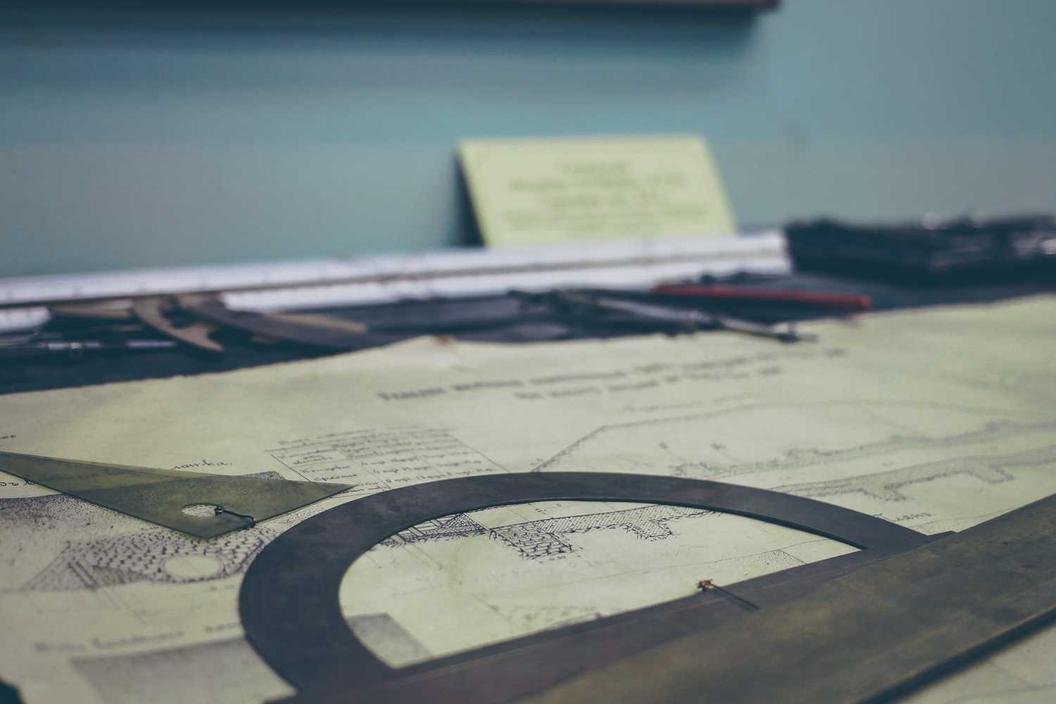Contact Us
(828) 538-2040What to Do When Water Damage Strikes: A Comprehensive Guide
Imagine how it feels to walk into your home only to be greeted by the smell of dampness and the sight of water dripping from your ceiling. Water damage can be one of the most distressing experiences for homeowners, affecting not only your property but also your peace of mind. If you find yourself facing this daunting situation, fear not—we’re here to guide you through the storm.
Understanding Water Damage: The Silent Intruder
Water damage can occur in various forms—be it a sudden burst pipe, an overflowing bathtub, or even natural disasters like floods. According to recent studies, over 14,000 people experience a water damage emergency daily in the U.S. This alarming statistic underscores how vital it is to be prepared and informed about water damage repair.
Common Causes of Water Damage
- Leaking roofs and window seals
- Broken pipes
- Flooding from heavy rain
- Appliance malfunctions, such as dishwashers and washing machines
Act Fast: The First Steps to Take
Time is of the essence when dealing with water damage. Every minute counts! Here’s how to take quick action:
1. Stop the Source
Whether it’s turning off your main water supply or stopping the flow from your appliances, aim to halt the water source immediately. For example, a homeowner in Asheville noticed water pooling in their basement during heavy rains and quickly turned off their exterior spouts, preventing further flooding.
2. Document Everything
Before you start cleaning or repairing, document the damage with photos. This can be useful for insurance claims later on. Think of it as creating a narrative of your experience, which will help convey the full extent of the damage to your insurer.
3. Start Drying Out
Begin the drying process right away using towels, mops, or a wet/dry vacuum. If you’ve got fans or dehumidifiers, put them to good use! A story shared by a homeowner revealed how they saved their hardwood floors by moving quickly to dry them out, averting a costly replacement.
A story shared by a homeowner revealed how they saved their hardwood floors by moving quickly to dry them out, averting a costly replacement.
The Repair Process: Making Your Home Whole Again
After the initial damage control, it’s time to focus on repairs. This phase can be overwhelming, but breaking it down will make it more manageable.
Assessing the Damage
Evaluate everything that has been affected: walls, flooring, furniture, and electrical systems. For instance, drywall that has been soaked may need replacing, while furniture can often be salvaged with proper care.
Engage Professionals or DIY?
Depending on the severity of the damage, you may opt for professional repair services or tackle minor repairs yourself. Remember, Approximately 40% of DIY water damage repairs end up needing professional help. If in doubt, it’s wise to consult experts.
Prevent Future Mishaps
Once your home is restored, consider implementing preventive measures. This could include:
- Regular maintenance checks on plumbing and roofs
- Installing sump pumps in flood-prone areas
- Creating barriers against flooding in your yard
A Brighter Tomorrow: Success Stories from Homeowners
Many homeowners have successfully navigated the waters of water damage restoration. After experiencing a serious leak, a family in Horse Shoe Cove worked tirelessly to restore their home. They not only repaired the damage but also took the opportunity to remodel and upgrade their living space, resulting in a happier, healthier home environment.
Beyond Repairs: Building a Resilient Home
Lastly, resilience is key. By investing in quality materials and staying informed about water damage risks, you can protect your sanctuary from future threats. Explore stunning properties at Big Hills, where modern design meets practical resilience, ensuring your dream home remains a safe haven.
Big Hills
Author




